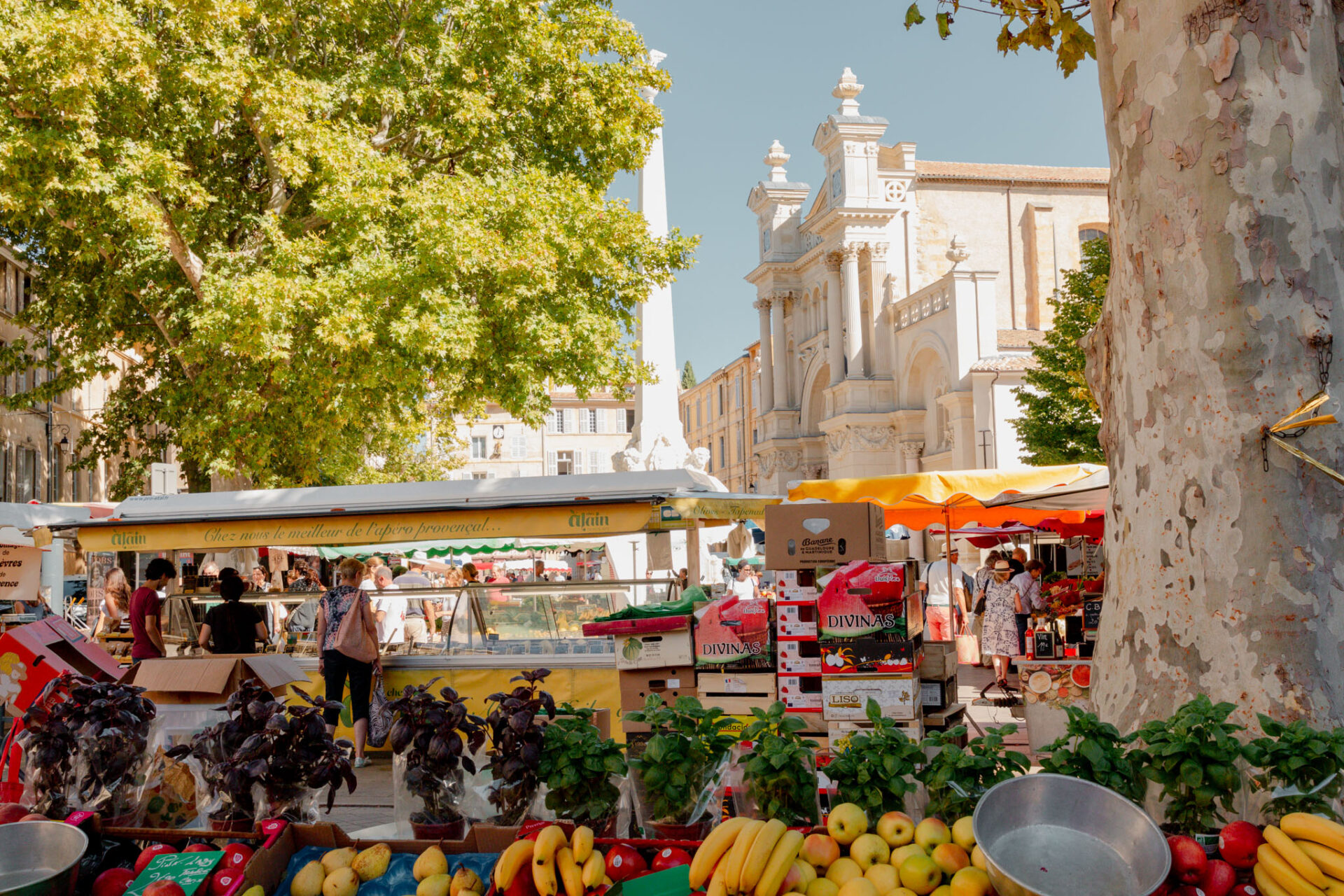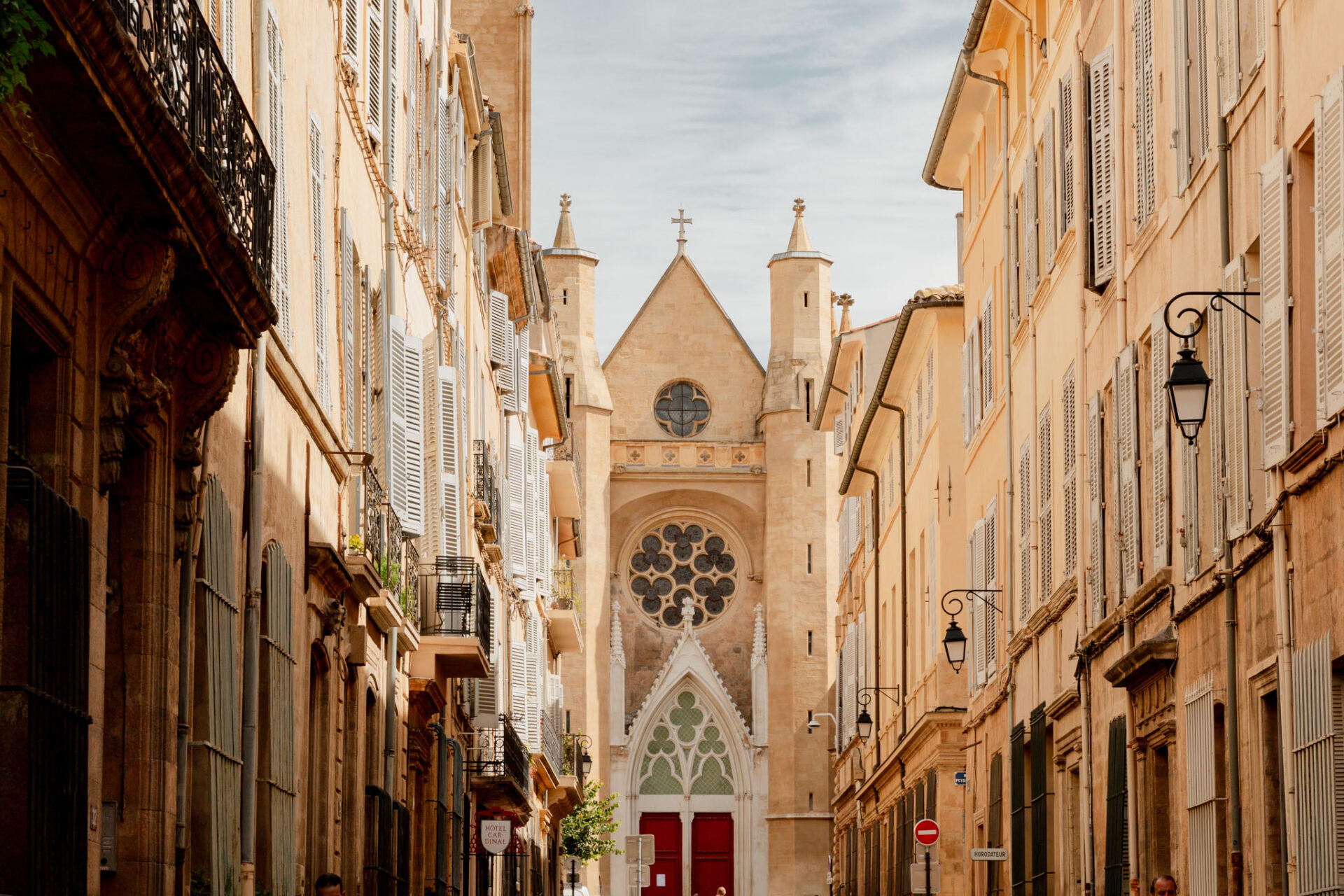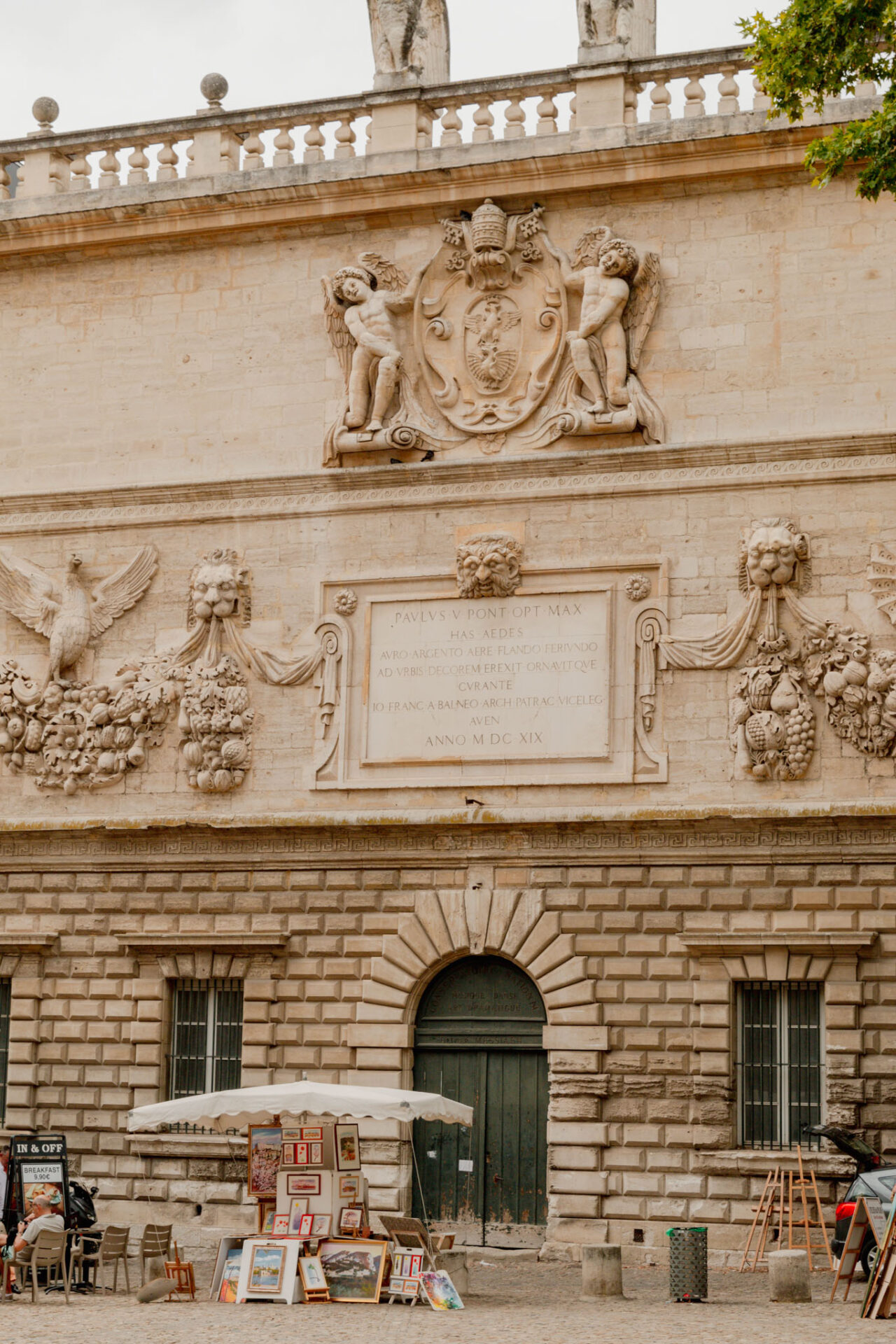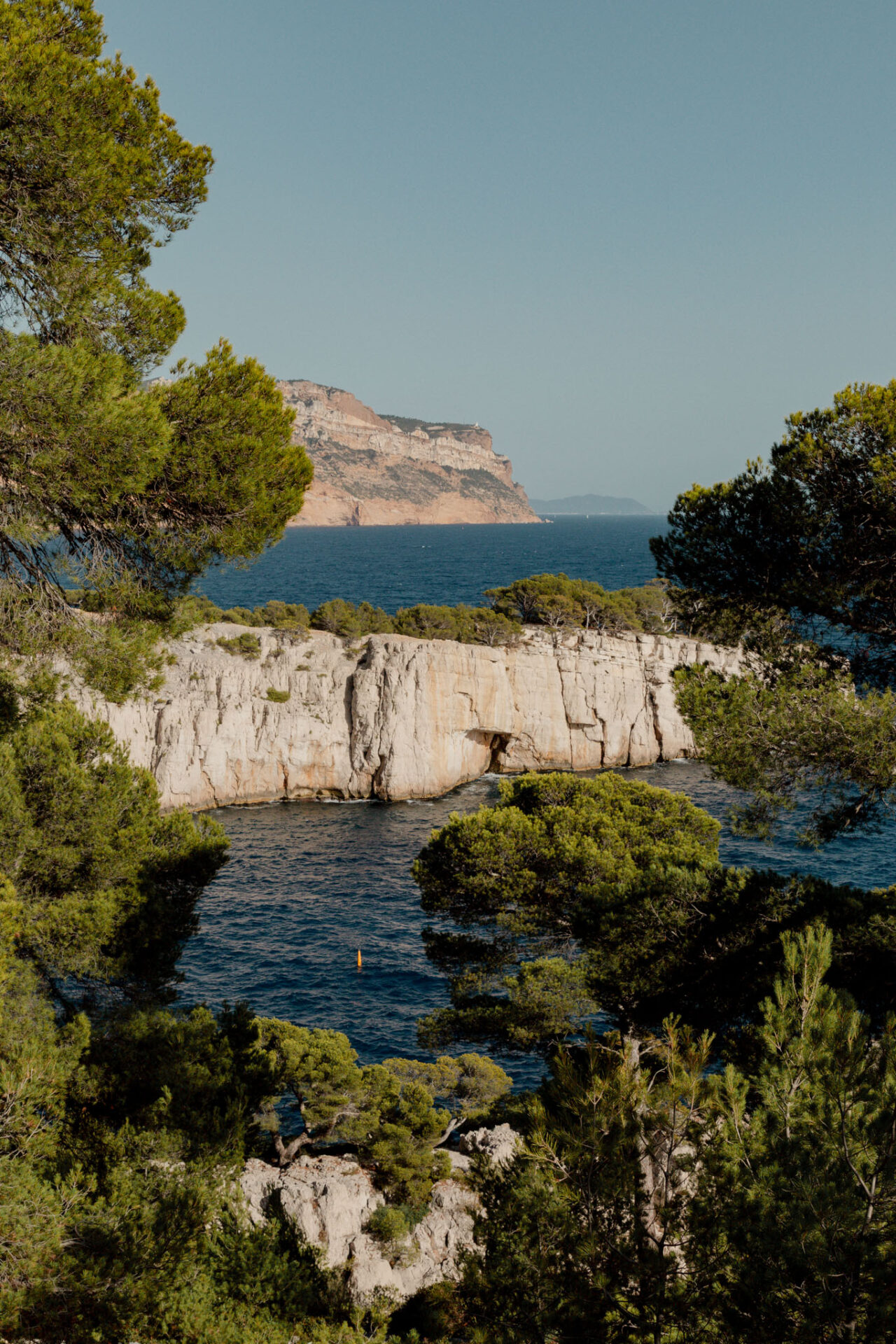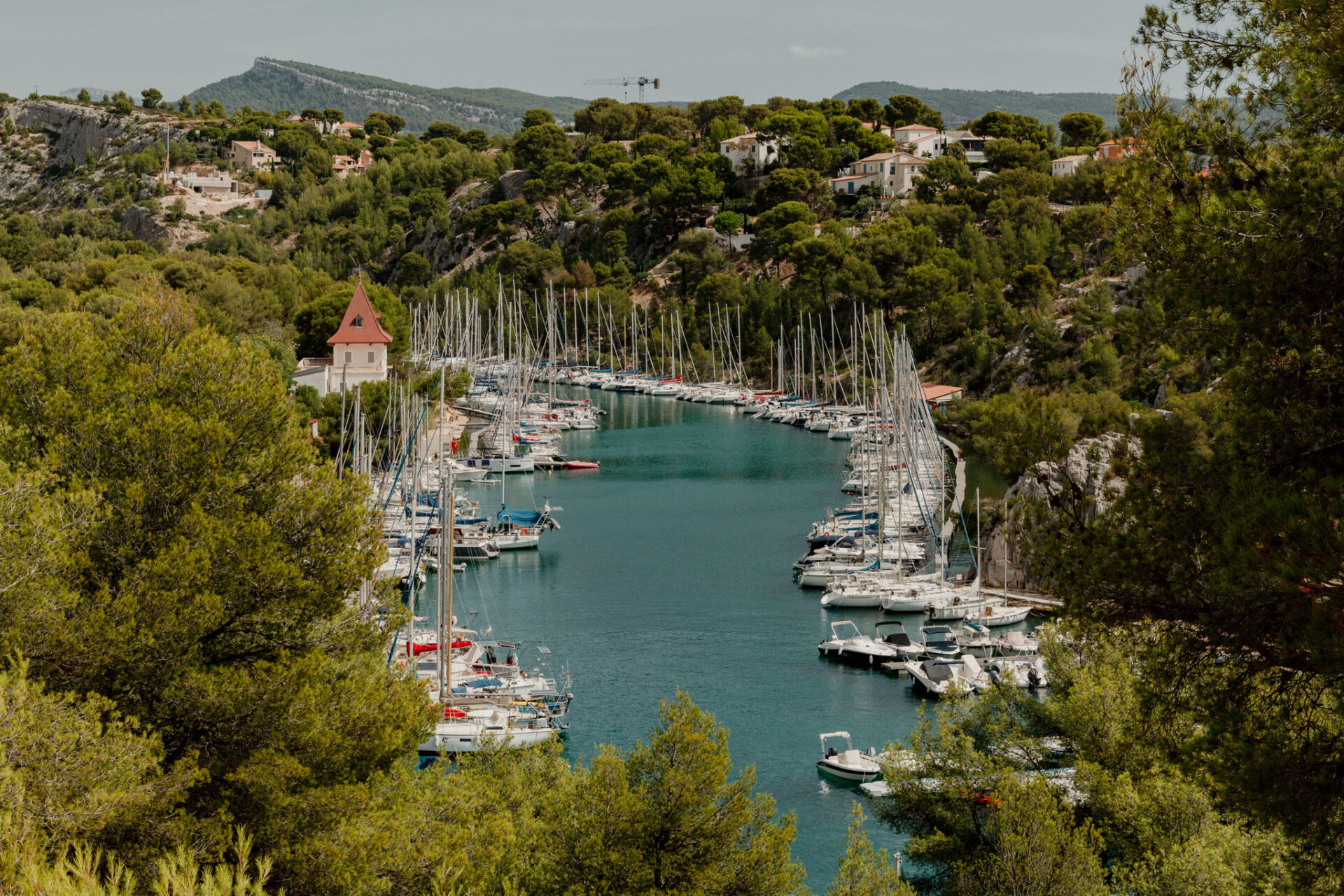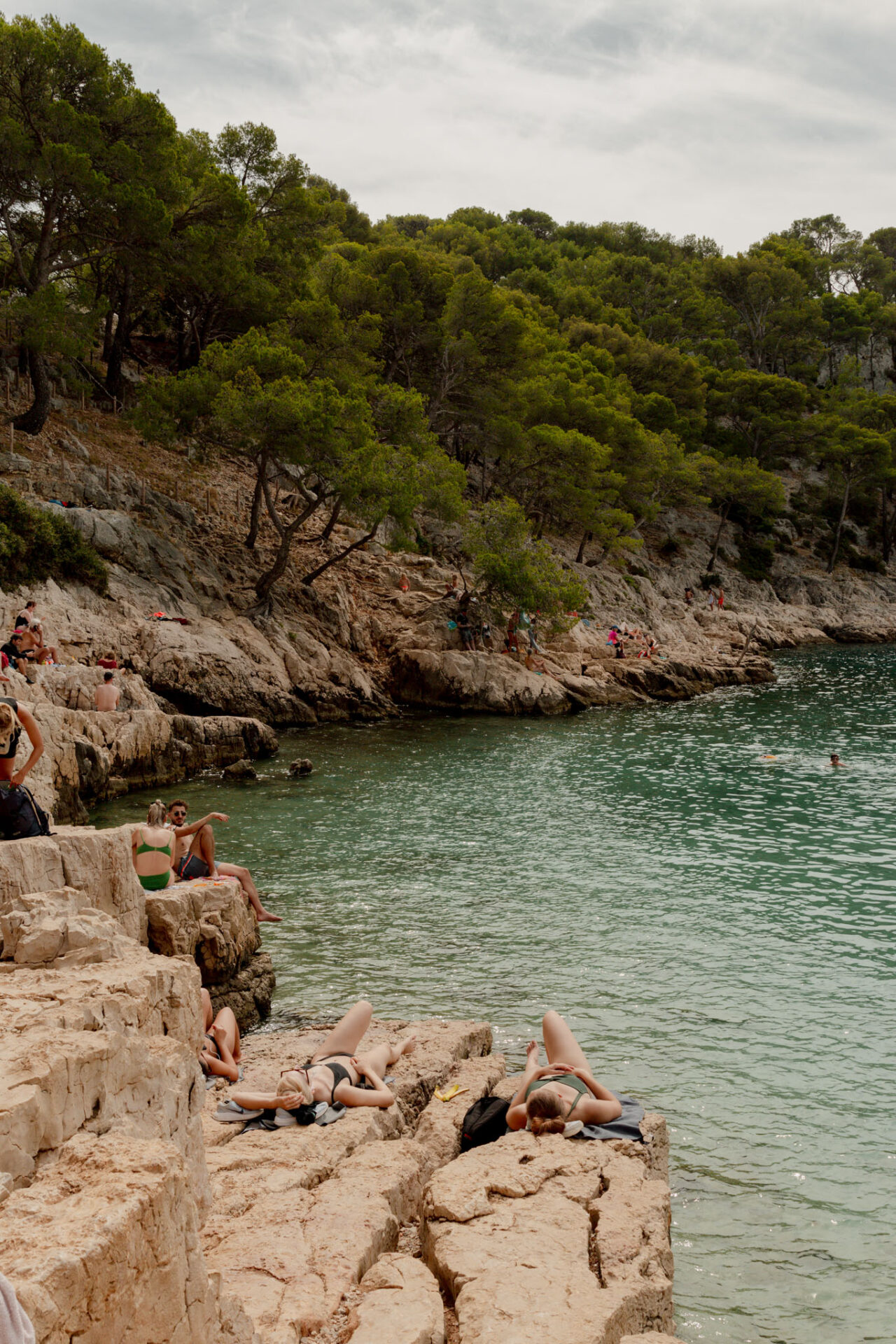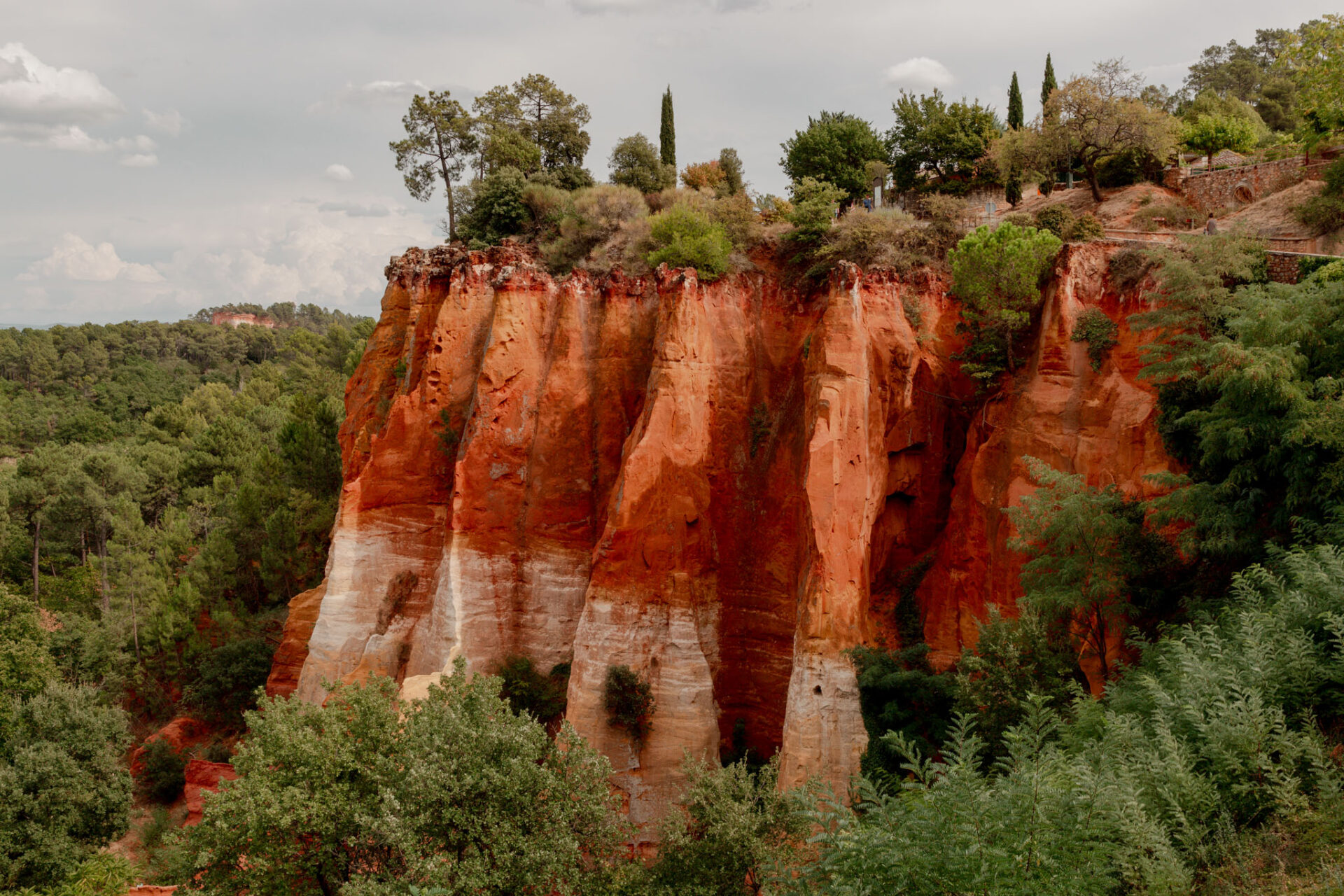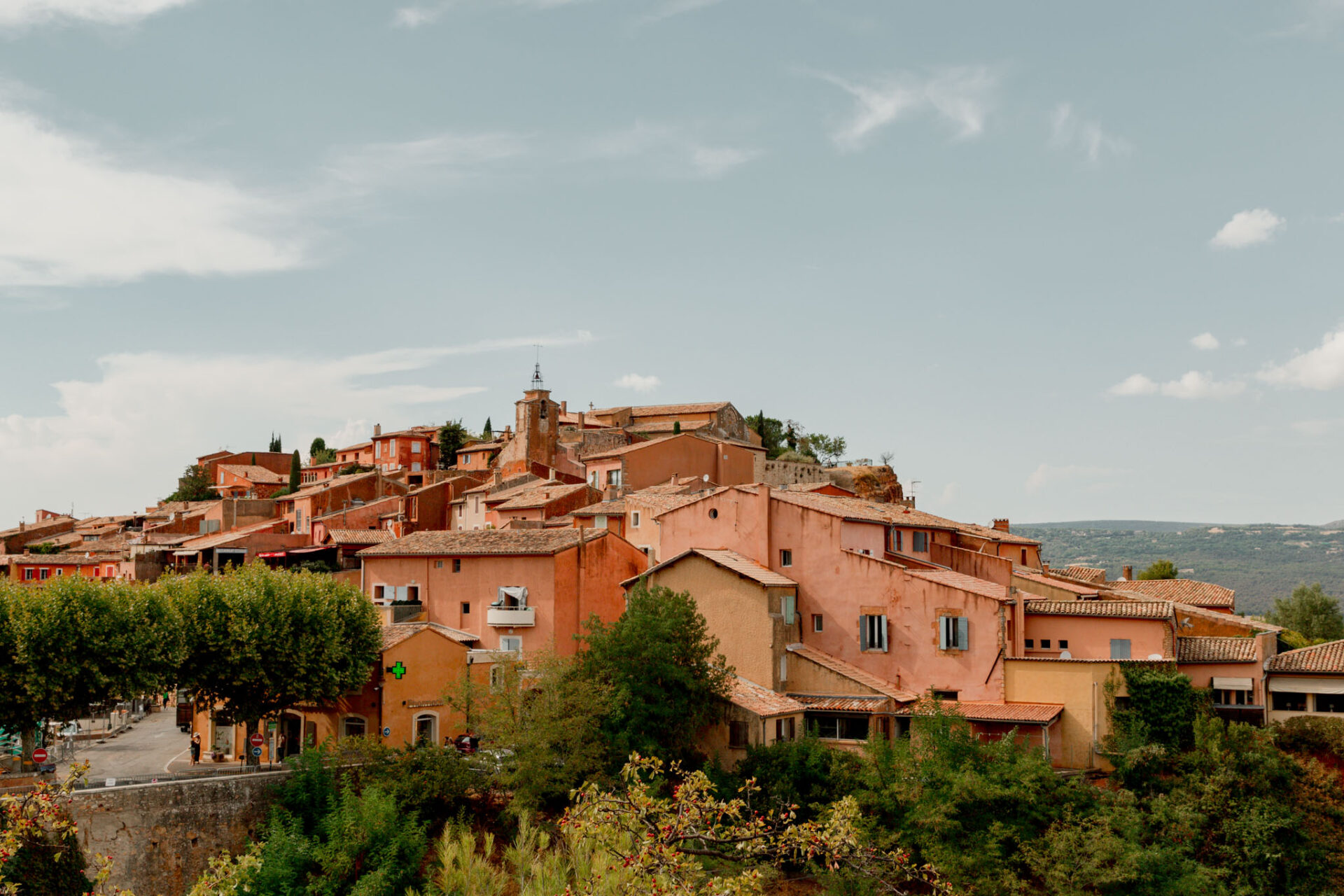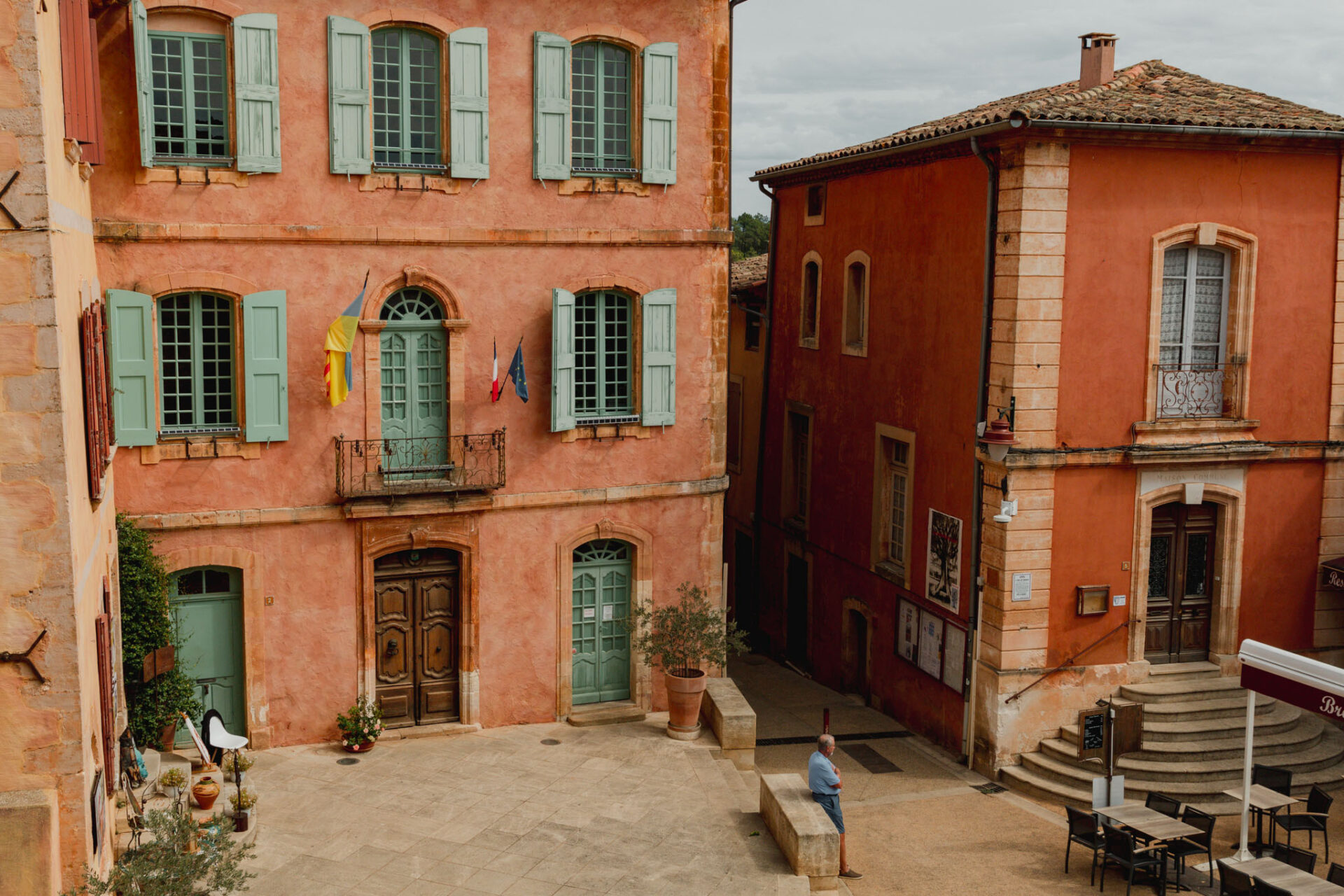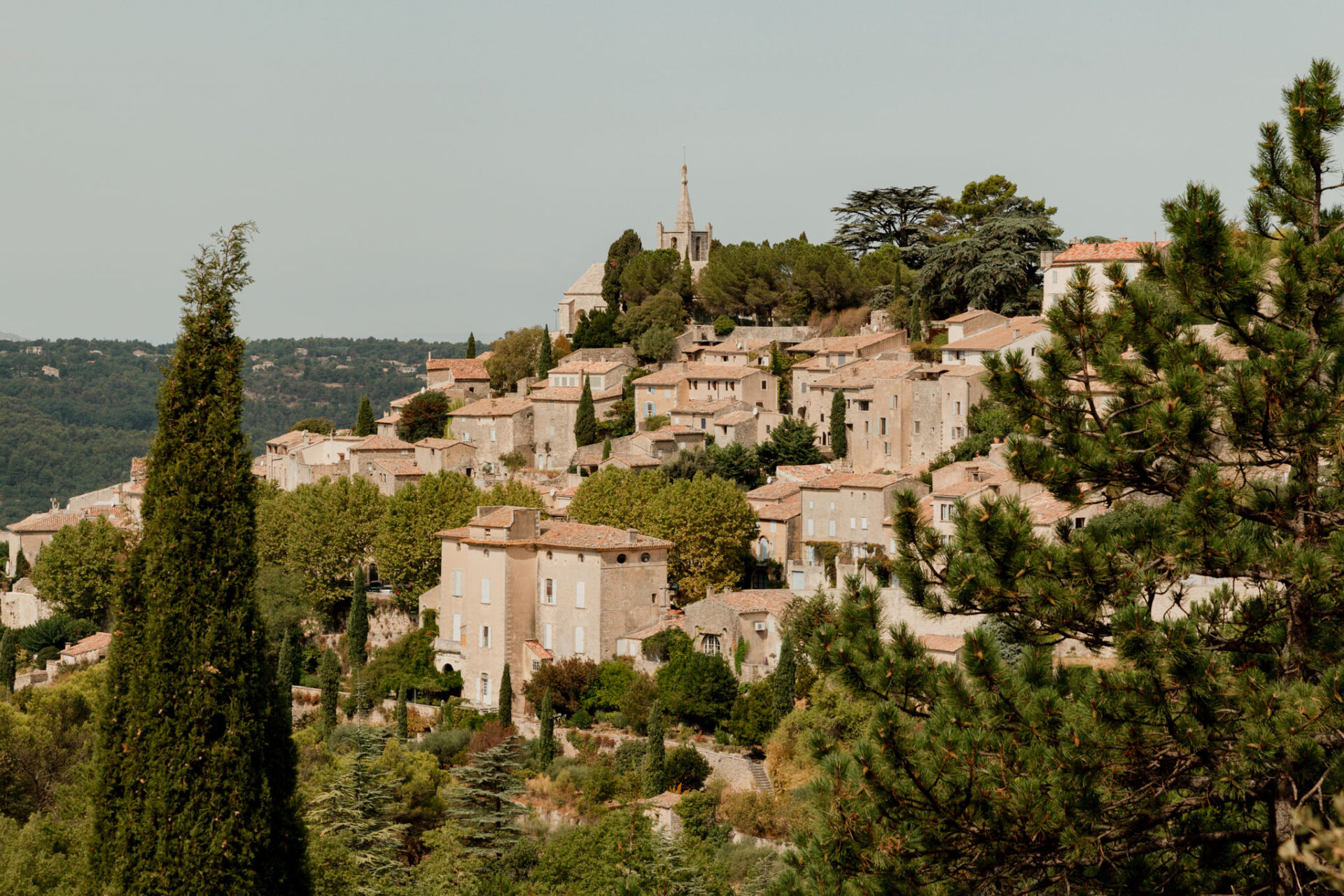
Fragrant lavender fields, sun-dappled vineyards, rocky Mediterranean coastlines, and buttercream-coloured hilltop villages weave a tapestry of natural beauty across Provence. From idyllic markets to ancient Roman ruins, this itinerary takes you on a road trip through the region’s most coveted cultural and historical sights. Buckle up todiscover the best of Provence by car.
At a glance
- A five-day road trip itinerary beginning in Aix-en-Provence and ending in the port city of Marseille. You can either fly in and out of Marseille, or alternatively, take the high-speed train from Paris to Provence.
- Highlights include perusing market stalls for antique treasures, retracing the footsteps (and canvases) of Van Gogh, and venturing deep into the Alpilles.
- A car is necessary for this itinerary. You can rent a car from the Marseille airport or from one of the major cities in the region, such as Aix-en-Provence or Avignon.

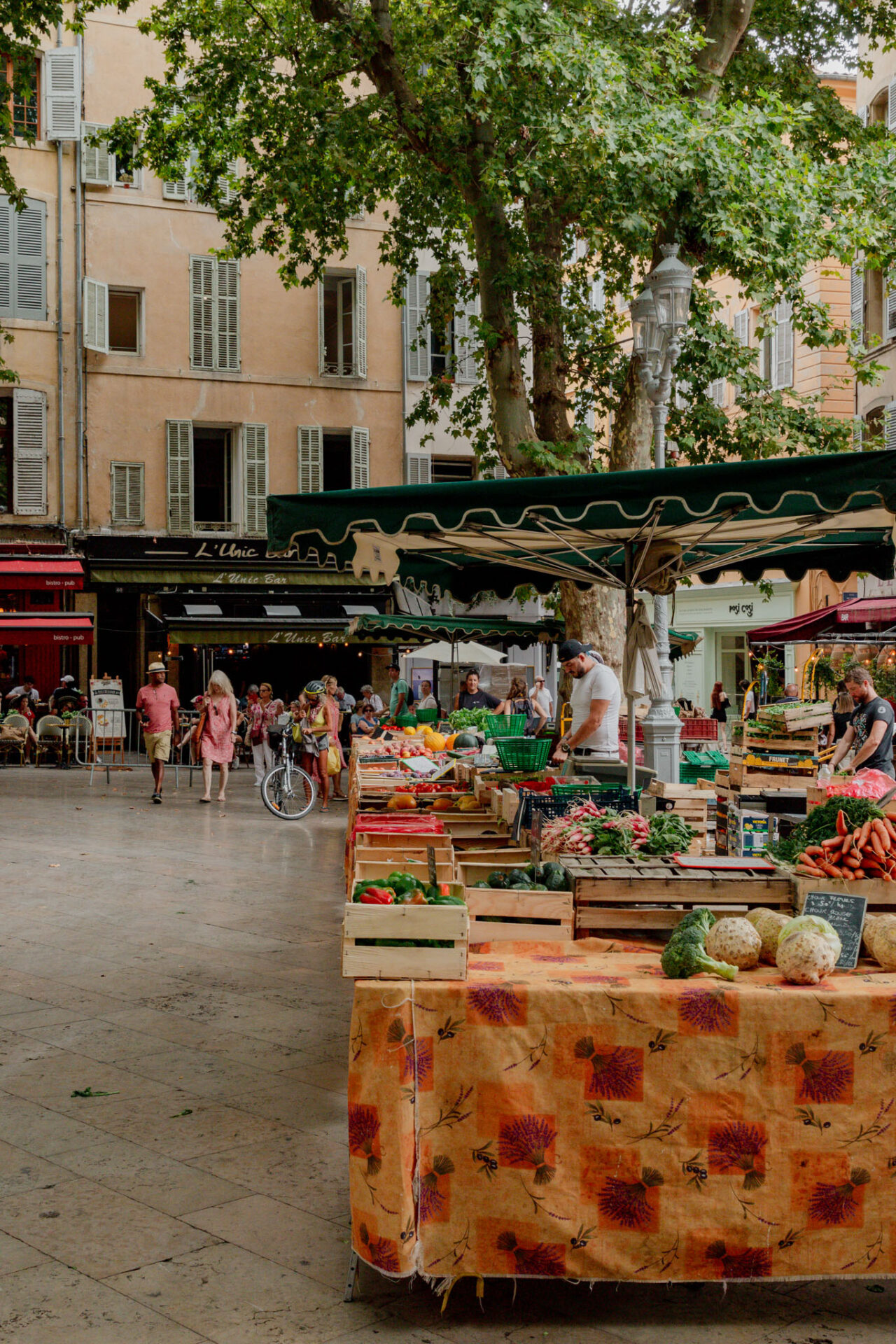
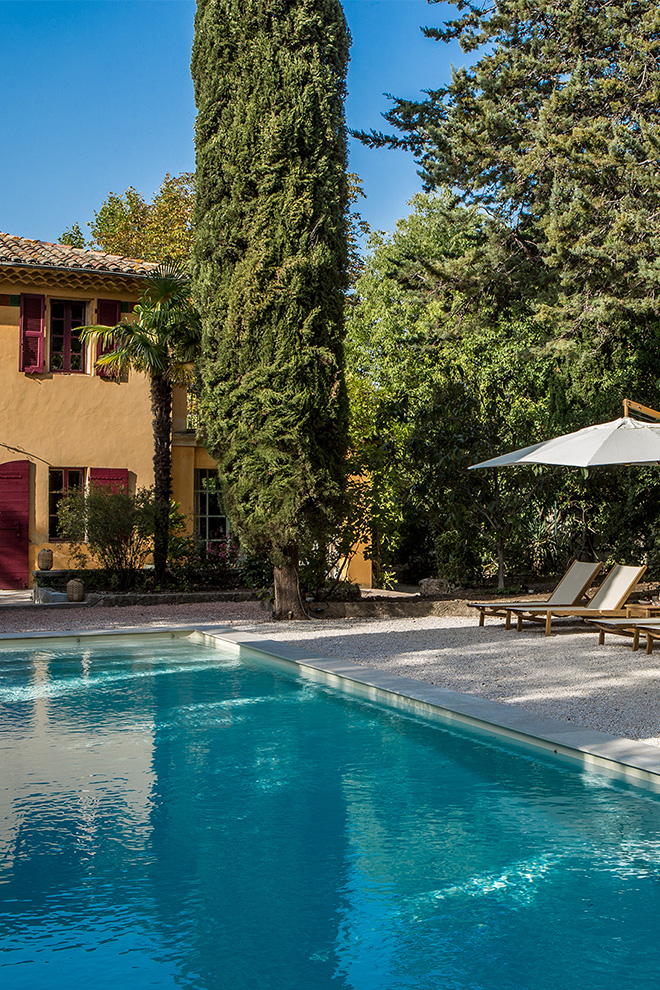
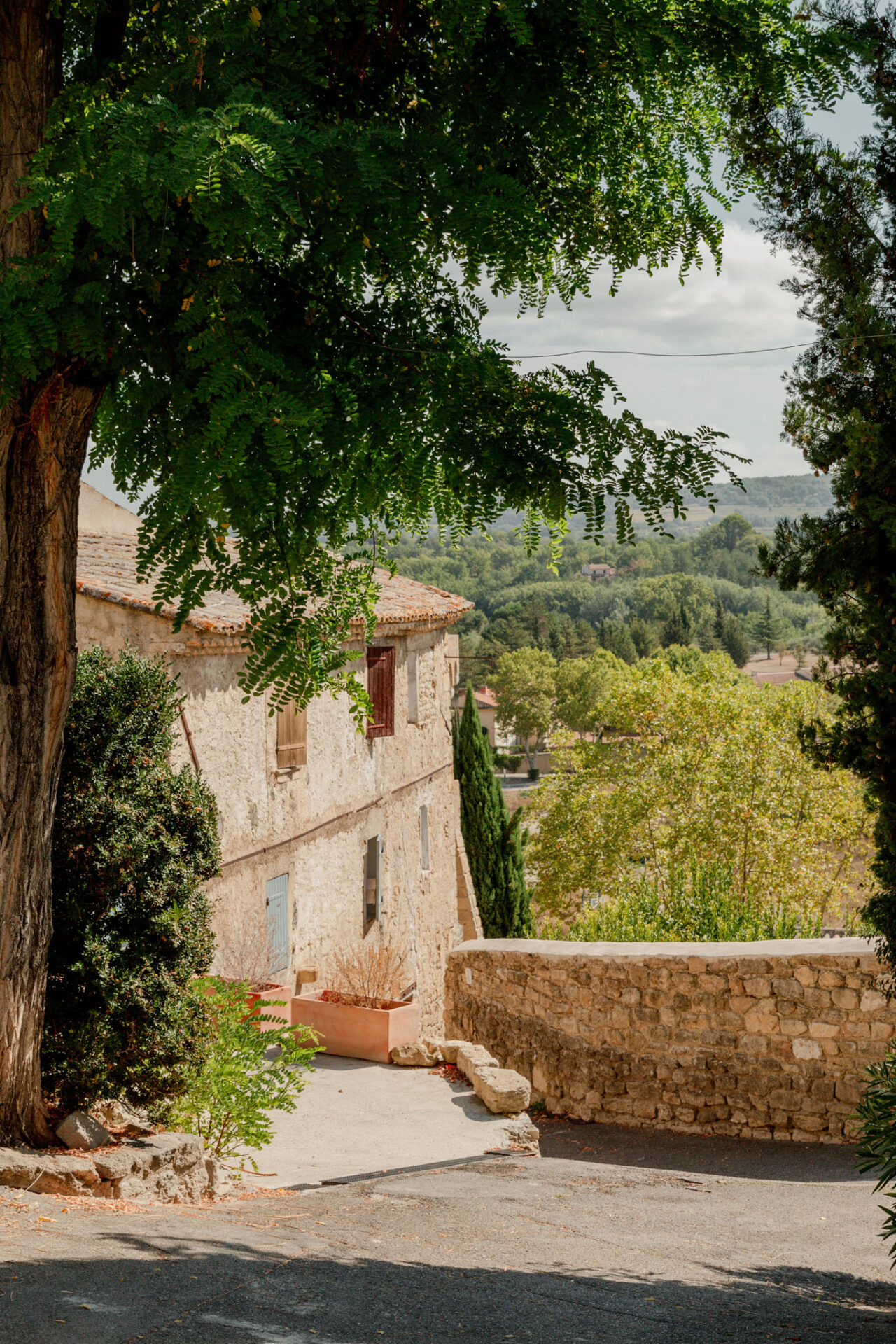

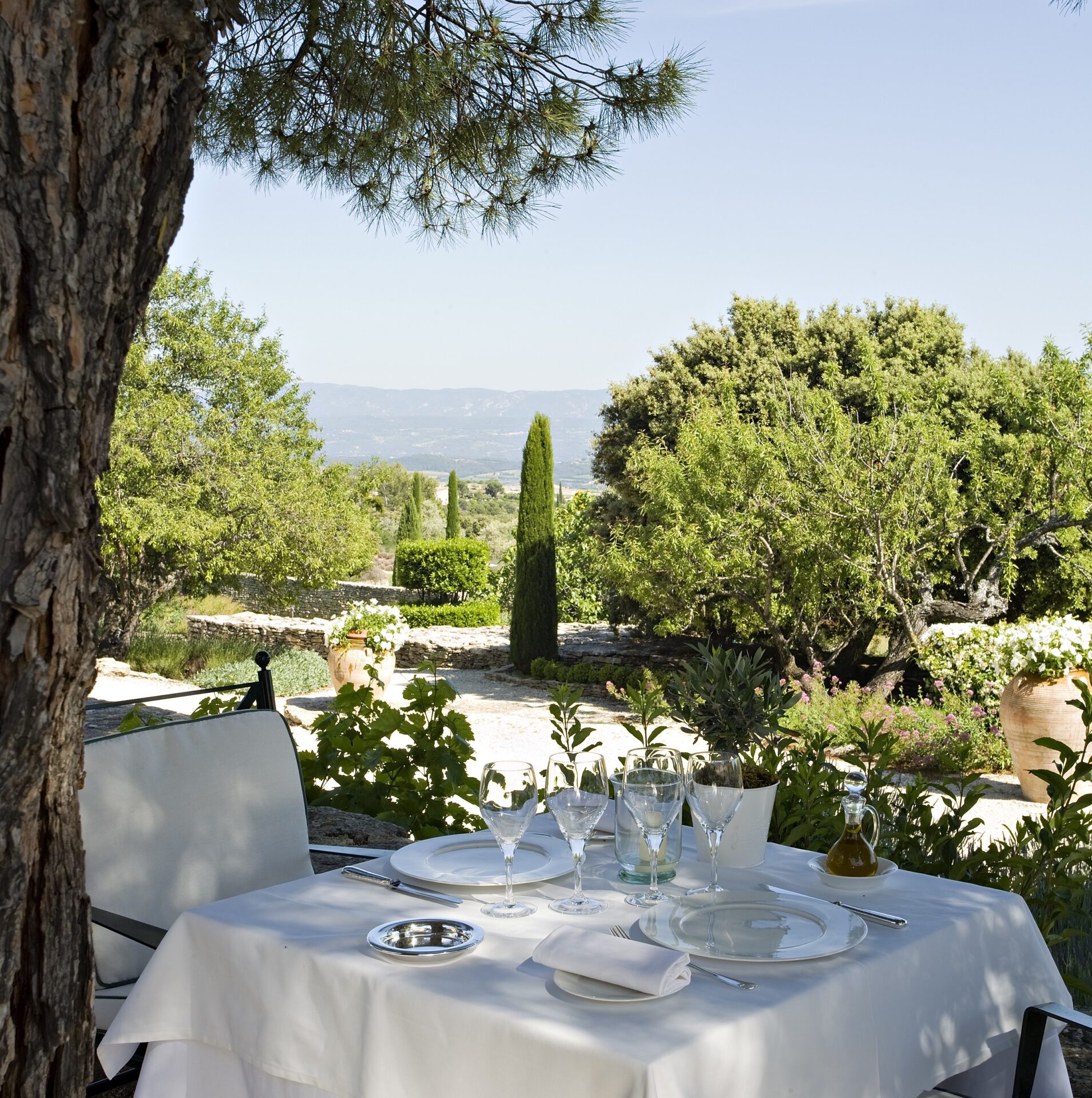
Day 1: Aix-en-Provence
Tucked away in the heart of Provence, between the azure waters of the Mediterranean and the rolling hills of the Luberon Valley, Aix-en-Provence is brimming with rural charm.
Spend the morning exploring Aix’s much-lauded market where the city’s main squares and streets come alive with vibrant colours, fragrant scents and bustling energy. Wander along the Cours Mirabeau and Place Richelme where vendors sell regional specialties, from handmade soaps and artisanal goods to ripe produce, freshly cut flowers, and take-away meals. The market is held three times per week, so plan your visit on a Tuesday, Thursday, or Saturday.
Tap into the city’s artistic heritage in the afternoon with a visit to Paul Cezanne’s atelier. Step into the preserved surroundings of the Post-Impressionist painter’s home and studio, which are meticulously curated to reflect its original state. Afterwards, check out the current exhibitions at the Caumont Centre d’Art, a picturesque 18th-century mansion-turned-museum, or bask in the manicured gardens’ sun-dappled shade.
Where to stay: On the outskirts of Aix-en-Provence city centre, Hôtel Le Pigonnet is framed by elegant Genoese-style towers and flower-filled gardens. Amidst the towering chestnut trees and gently flowing fountains, Cezanne would come to soak up the serenity while painting his beloved Mont Sainte Victoire. Yet more garden views can be admired from the dining room and terrace of La Table du Pigonnet, which presents Provence’s delicious bounty on every plate.
Day 2: Luberon Valley
The Luberon Valley is quintessentially Provence with its honey-hued villages, rolling hills, lavender fields, and grape-laden vines. You could spend days on end discovering its natural beauty — just keep in mind that it’s impossible to cover every village in one day, so we’d recommend adopting a slower pace to fully savour the moment.
For treasure hunters, a visit to the Sunday market in Isle-sur-la-Sorgue is a must. The town transforms into a bustling market with antiques dealers lining up and down the canals. You’ll need to arrive early in the morning to secure a decent parking spot.
Gordes is the most recognisable Luberon hilltop village, known for its luxury hotels, fine dining scene, and spectacular sunset views.
Lacoste, Ménerbes, Bonnieux, and Apt are all worth a short visit. Roussillon, on the map for its ochre-coloured buildings, deserves at least an hour’s stint to meander along the Ochre Trail.
Where to stay: Ideally positioned just minutes from Provence’s most iconic village — Gordes — Les Bories & Spa is a destination in its own right, offering the ultimate countryside retreat. Admire the panoramic views from both the indoor and outdoor pools, dine at a Michelin guide restaurant, or unwind across the five-star spa facilities.
Day 3: Avignon
Situated along the banks of the Rhone River, Avignon is considered the ‘Gateway to Provence,’ with its central location providing convenient access for exploring the region.
Begin your morning outside the city at the Pont du Gard, an ancient Roman aqueduct that spans the Gardon River. Stroll along the ancient stone arches and admire the incredible craftsmanship of this centuries-old structure.

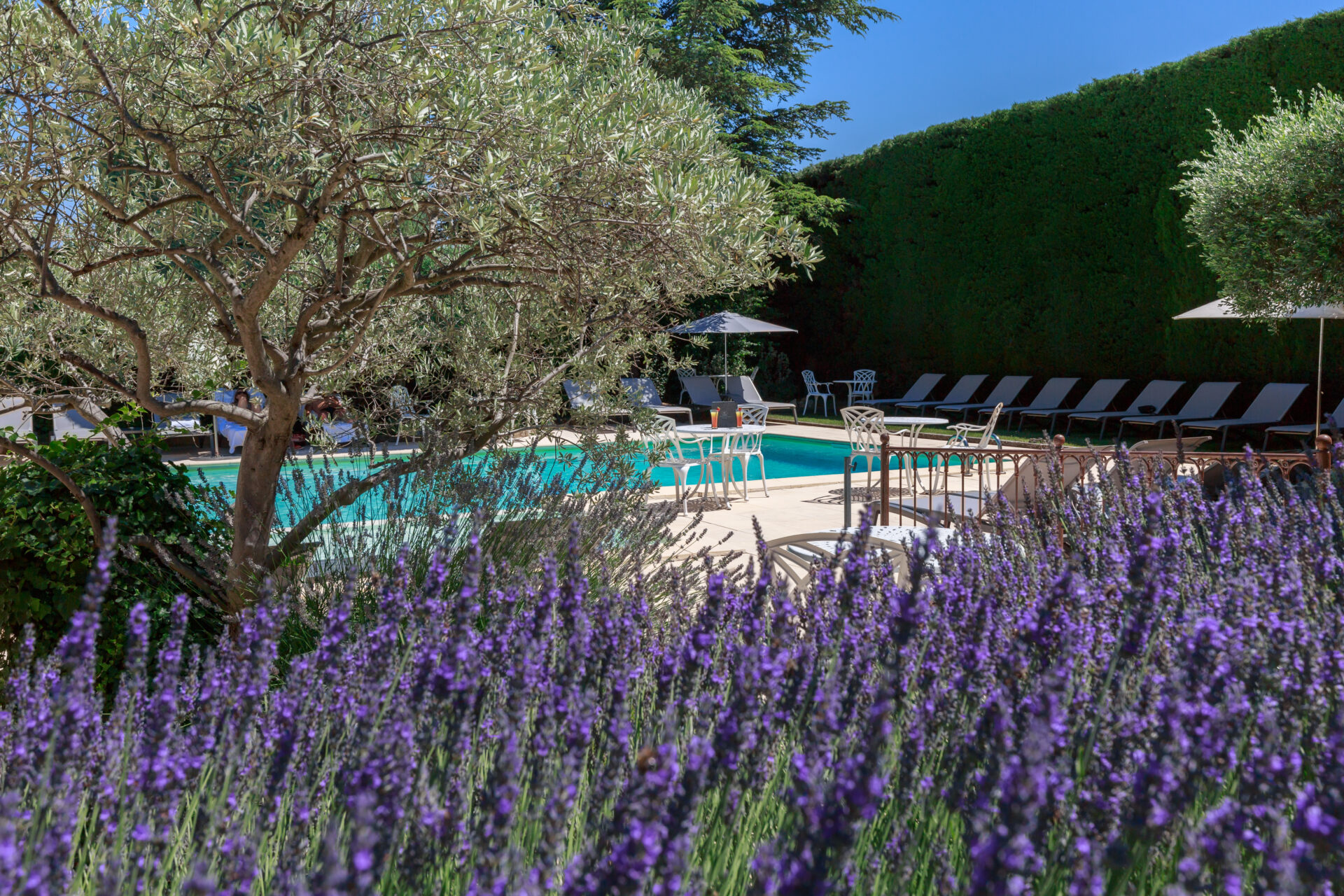
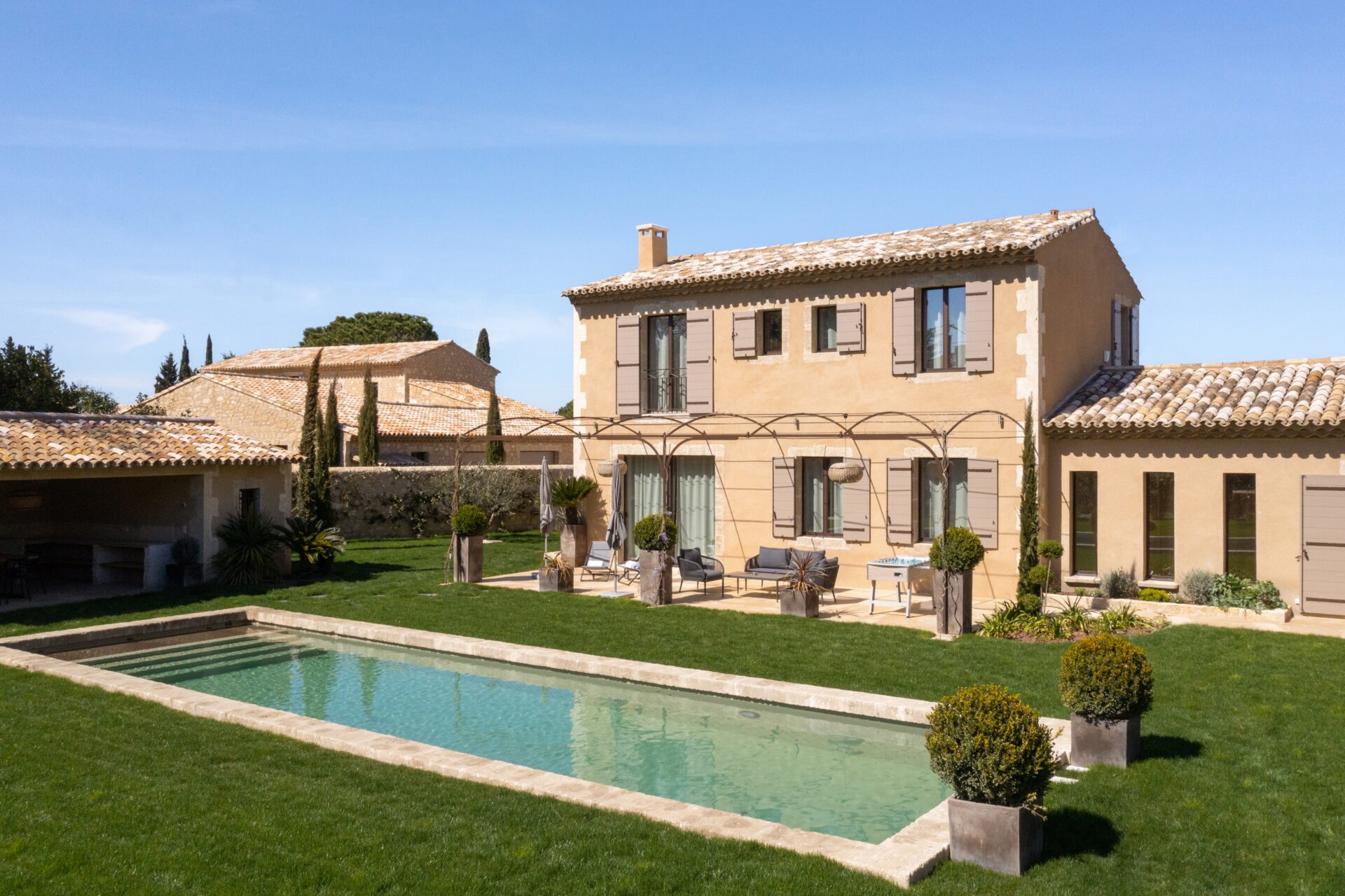
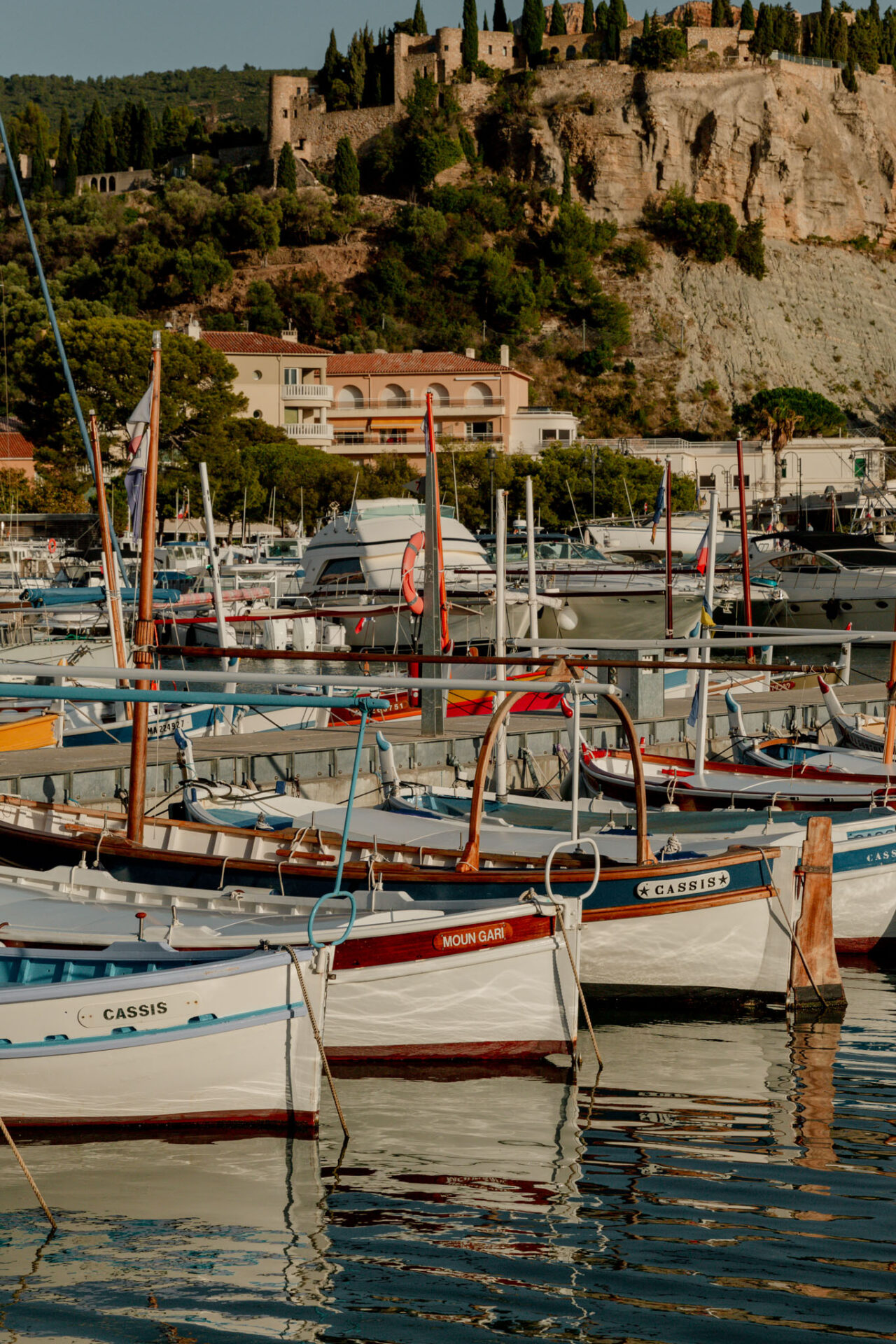
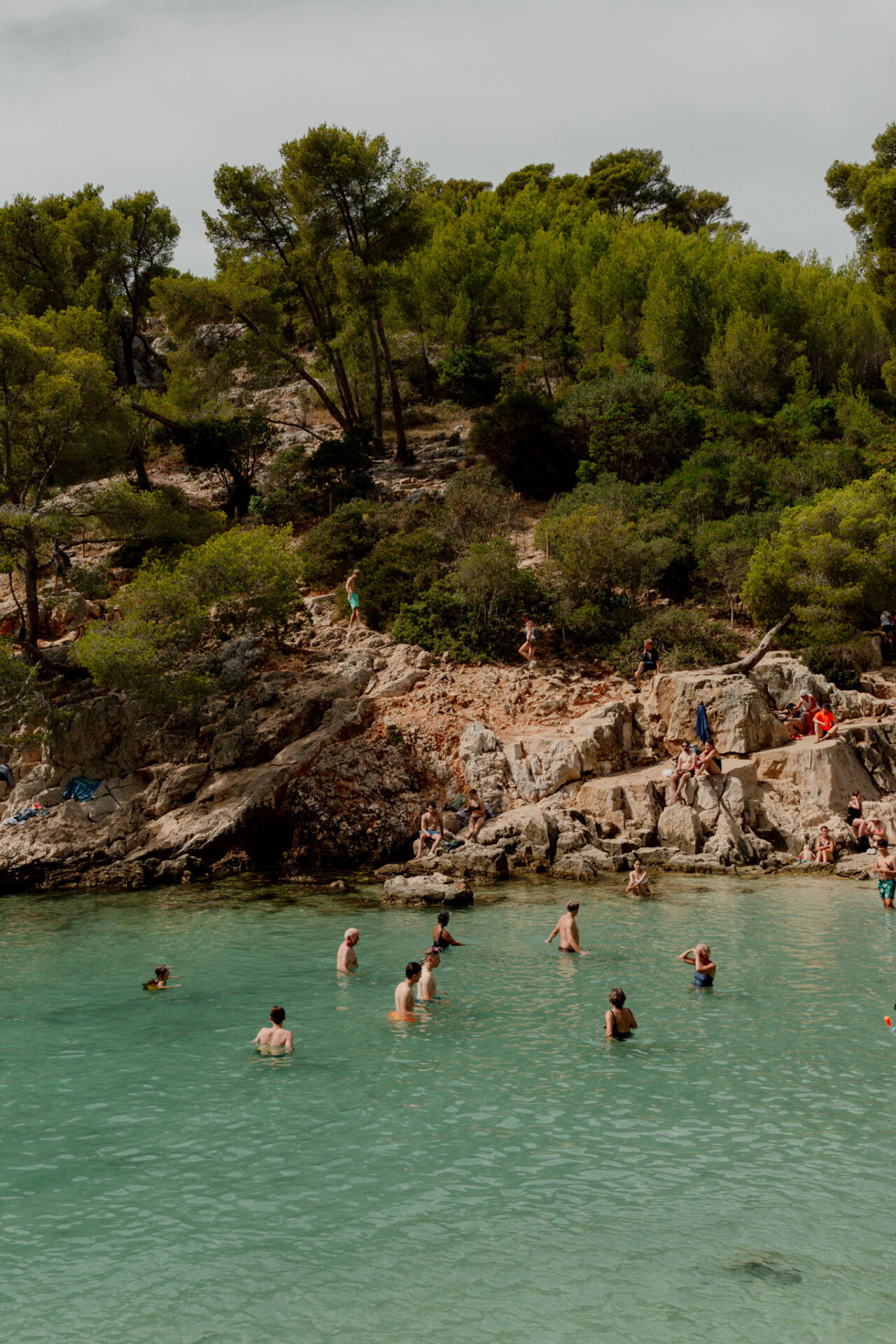
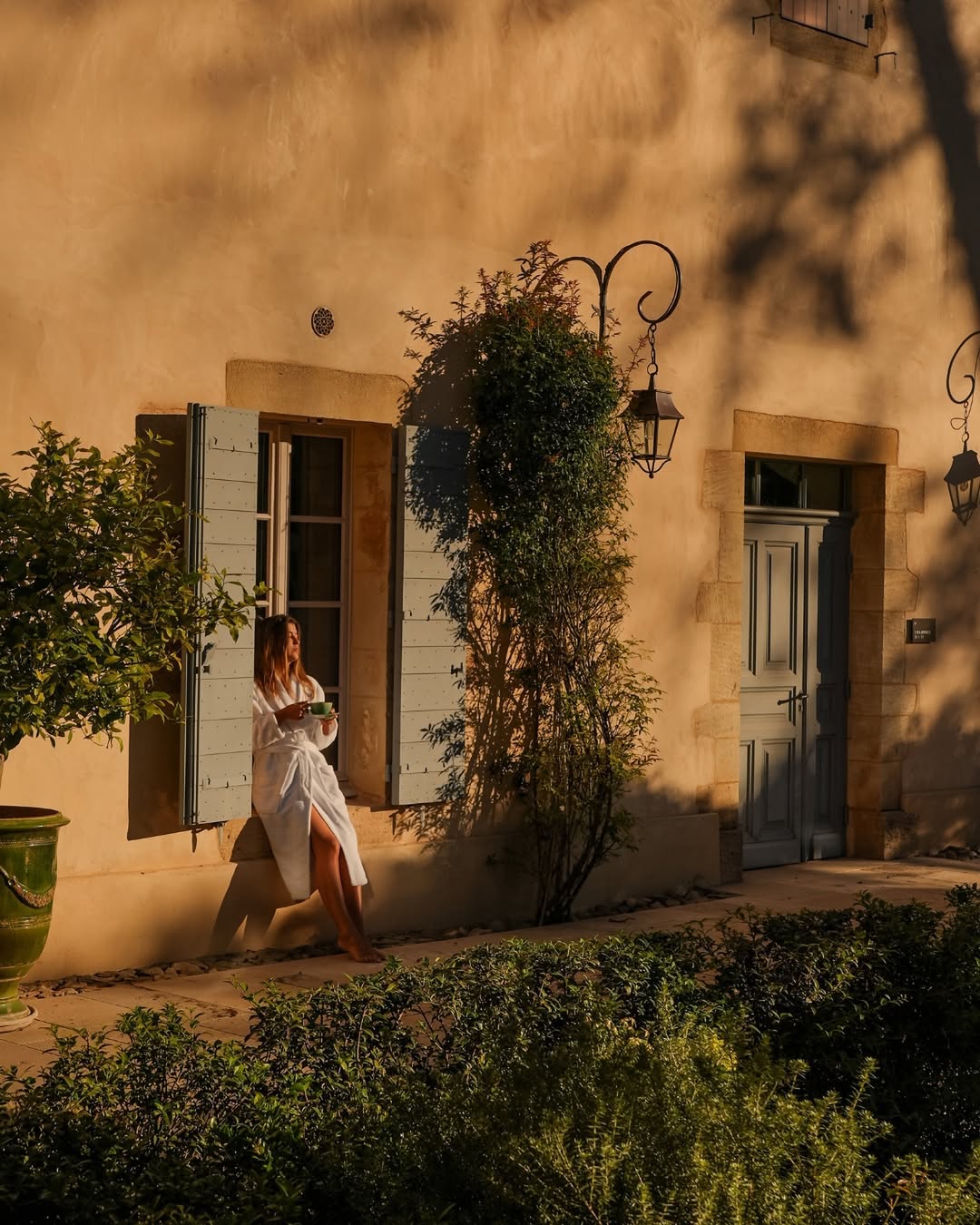
Afterwards, venture to the medieval town of Uzès, with its maze-like streets and stone buildings. Grab a bite to eat for lunch at a local café and climb the Tour Fenestrelle for breathtaking views over the countryside.
Make your way back to Avignon in the late afternoon and take your time pottering about its charming streets and popping into the many boutique stores selling local perfumes, soaps, and crafts.
Where to stay: A few minutes from Avignon, Auberge de Casagne & Spa is every inch the countryside haven. Take breakfast in the aromatic garden, lined with fresh lavender plants, then later wine and dine surrounded by climbing vines, sun-dappled stone and filigree.
Day 4: Saint-Remy-de-Provence
Only 30 minutes south of Avignon by car, Saint-Remy-de-Provence is a characterful, tiny town in the foothills of the Alpilles mountains. If you happen to be visiting on a Wednesday, make a beeline for the morning market.
Beyond the town centre, follow the ‘Van Gogh Route’ for about one-kilometre until you reach the Saint-Paul-de-Monastery. This former asylum is where famed Dutch painter Vincent Van Gogh spent a year painting some of his most renowned masterpieces, such as The Starry Night. Just a short walk from the monastery, you’ll find the ruins of an ancient Roman town called Glanum.
Later in the afternoon, venture into the Alpilles by car to Les-Baux-de-Provence, a rocky, fortified village which has kept watch as a strategic stronghold for many centuries.
Where to stay: The enchanting songs of çicadas signal your arrival at Le Vallon de Valrugues Hotel Spa & Villas, a Greco-Roman-inspired bastide with private villas to take over, where the only remotely difficult decision you need make is which vintage wine to sip by the tree-fringed pool. Once a working farm, Domaine de Manville is wrapped up within an idyllic 100-acre estate, where the scent of pine hangs in the air and glasses of rosé clink in the pretty interior courtyard.
Day 5: Calanques & Cassis
A trip to Provence isn’t complete without experiencing this dazzling stretch of Mediterranean coast. Early in the morning, make your way to Cassis, a still-sleepy fishing port known for its sun-soaked beaches and fantastic hiking trails.
Feeling adventurous? Pack a lunch, sunscreen, and your swimsuit, and hike to Calanque d’En-vau from Cassis. This four-hour round-trip takes you along the rugged coastline and a series of inlets with cliff-backed beaches.
End your day in Marseille, either flying out or continuing onto the next leg of your journey.
Travel Tips
The ideal time to visit Provence for good weather is from June to August; however, expect crowds, as this is also the busiest time of year. The lavender fields peak in July and are typically in bloom from the end of June to early August.
Latest stories
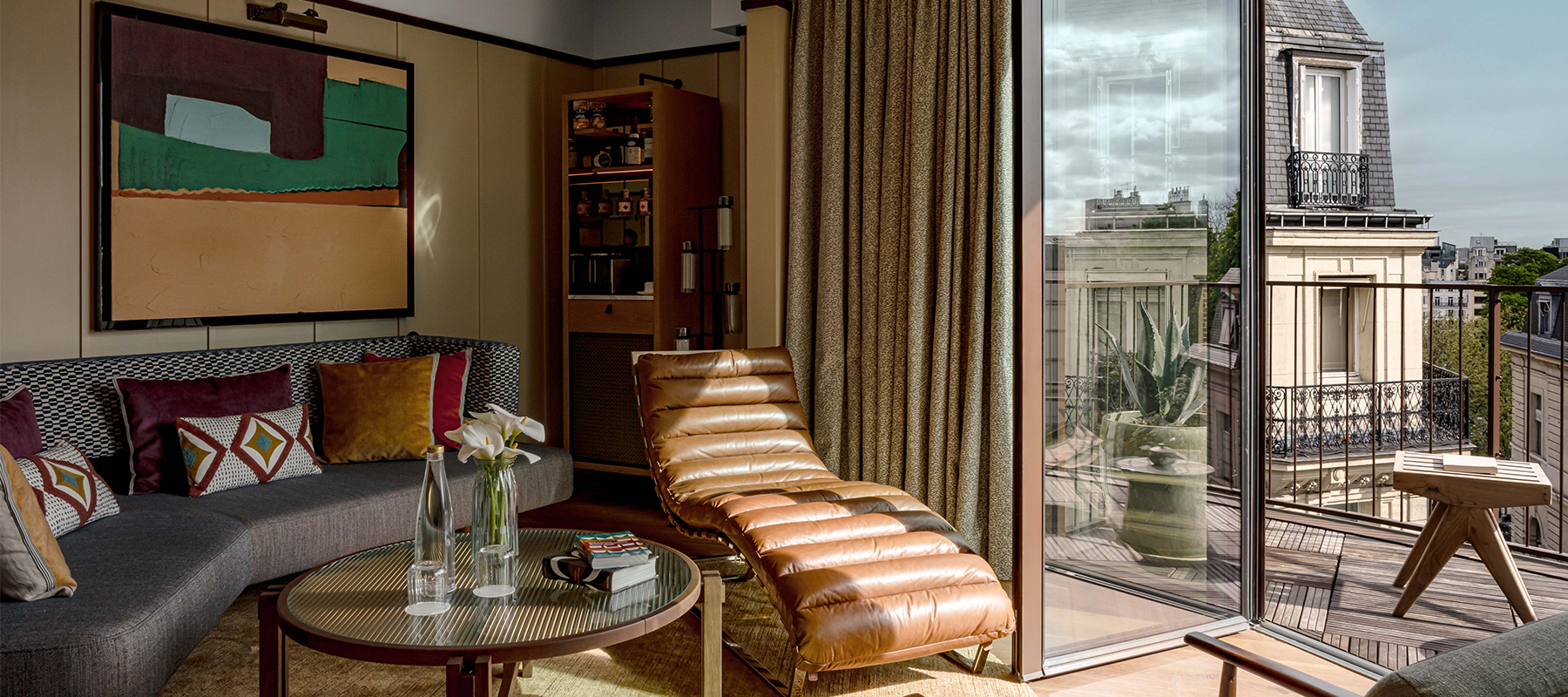
Hotel Norman, Paris: design-led luxury steps from the Champs-Élysées
There’s no shortage of glamorous hideaways in Paris, but few manage to bottle an era quite like Hotel Norman. Steps from the Champs-Élysées, this newcomer channels the seductive polish of midcentury modernism with the confidence of a hotel that knows exactly who it’s for: travellers who appreciate quiet luxury, meticulous

6 eco-friendly hotels offering ethical wildlife experiences
If you prefer your wildlife encounters without the crowds — and with a side of serious sustainability — SLH’s Considerate Collection has you covered. And with World Wildlife Conservation Day shining a light on the importance of protecting our planet’s most vulnerable species and habitats, there’s no better moment to
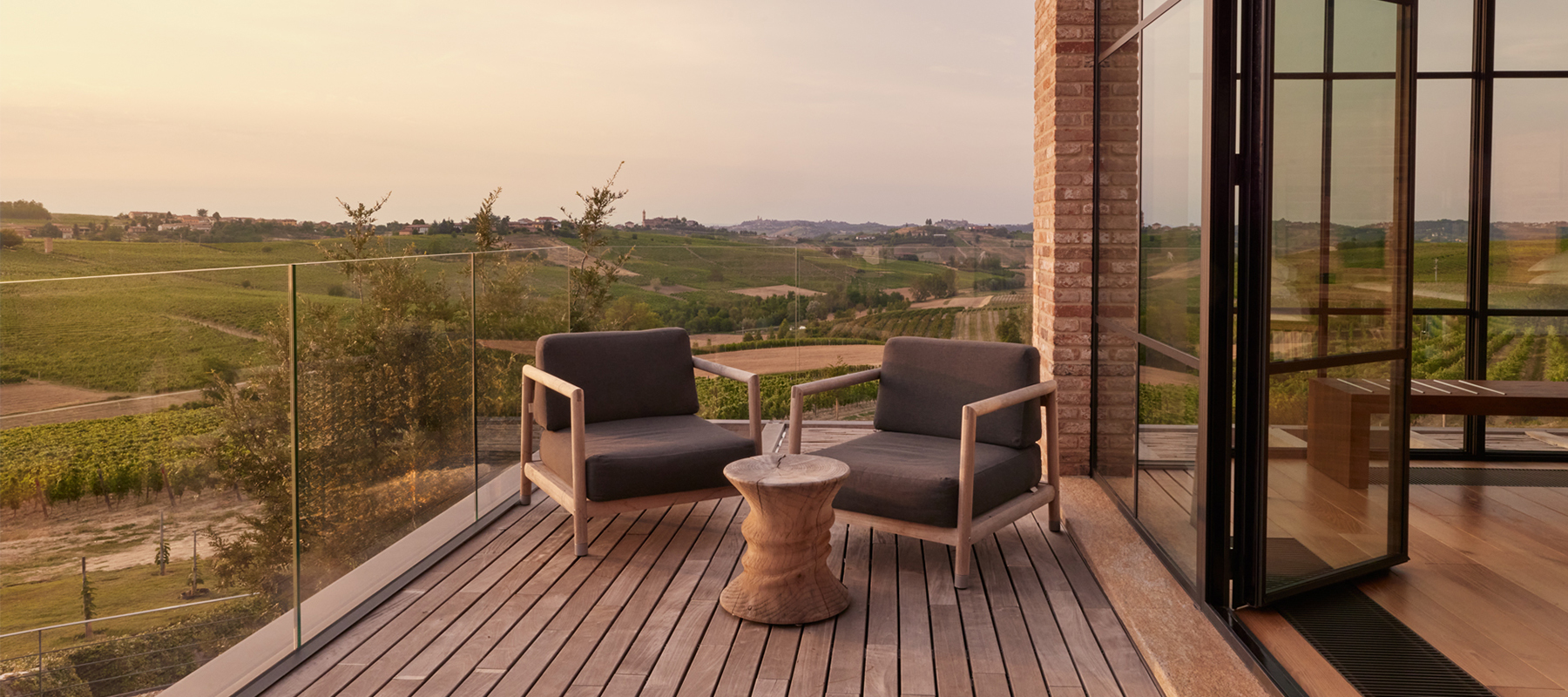
From vineyard valleys to hot springs: top boutique hotels for December
Across continents and climates, location leads the experience at these boutique escapes. A monastery where the cloisters still set the pace, a mountain retreat content to drift with the clouds, a Swiss villa that practically levitates above an alpine lake — each hotel lets its setting do the talking. Here’s
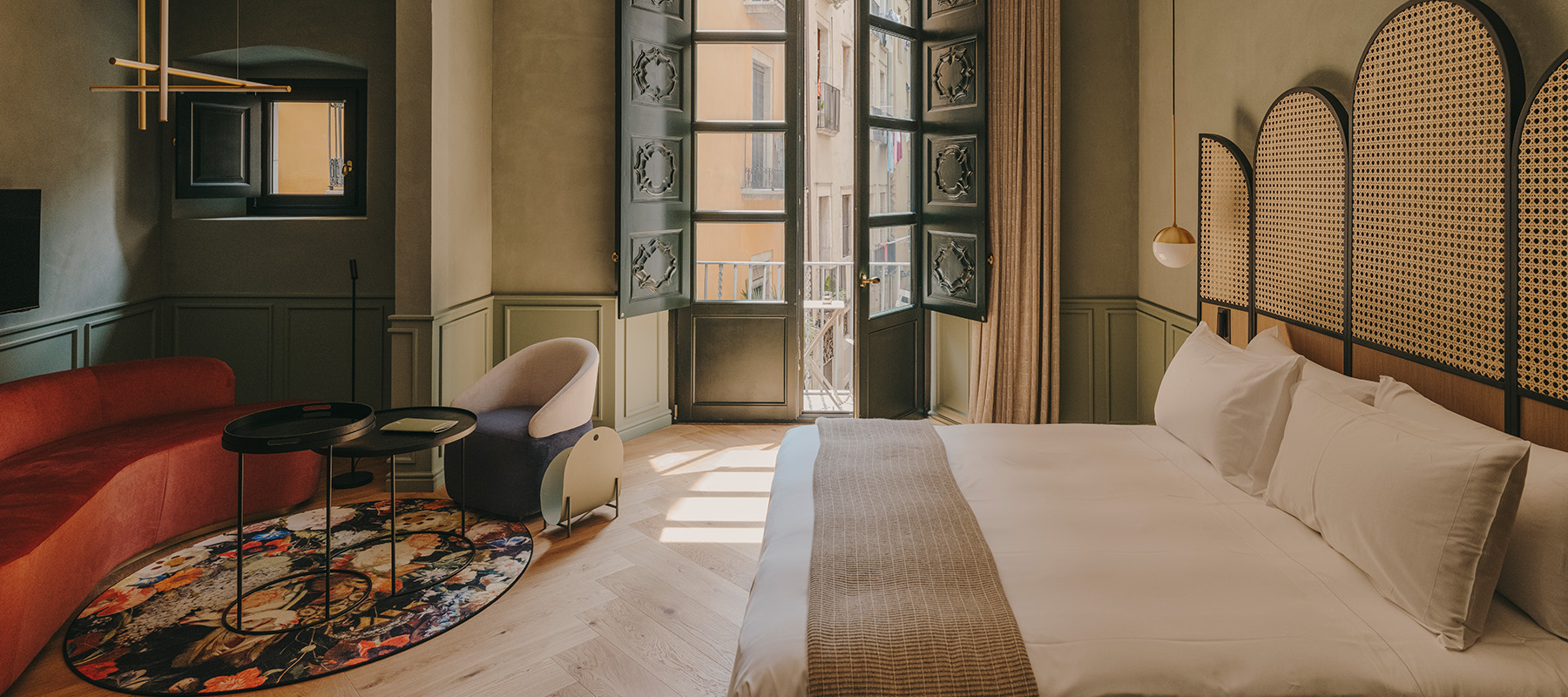
How to spend a weekend in Girona
This pocket-sized city couldn’t be more different to its same-coast cousin, Barcelona. Comfortingly walkable and distinctly Catalan, what Girona lacks in size is made up for with its abundant food scene, ochre-infused colour palette and surrounding mountain landscapes.

